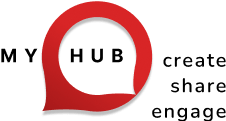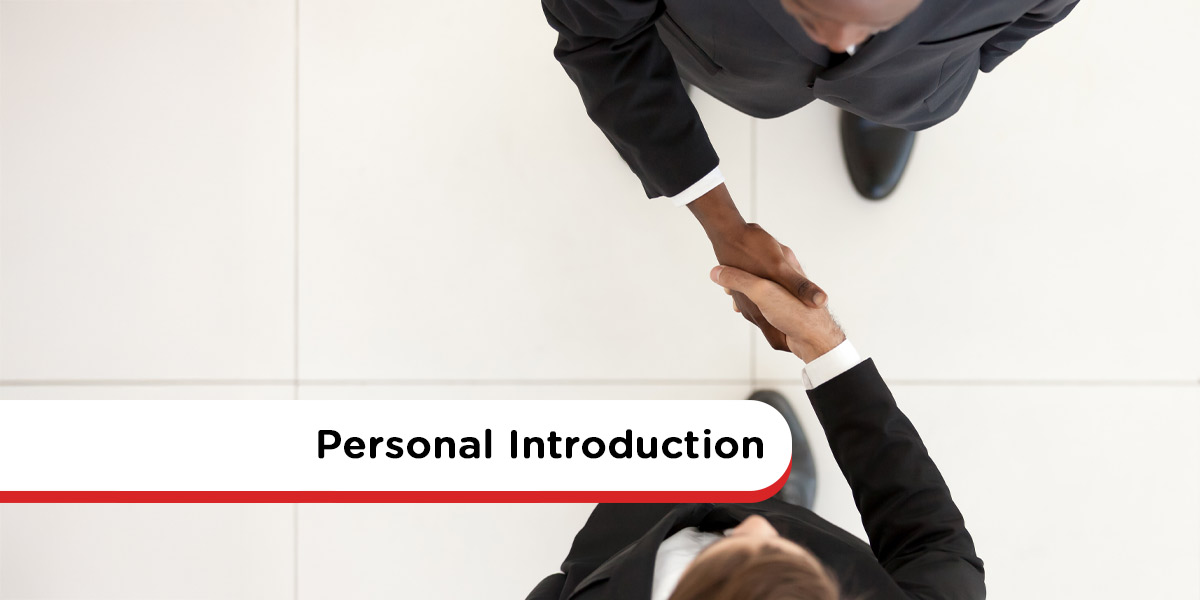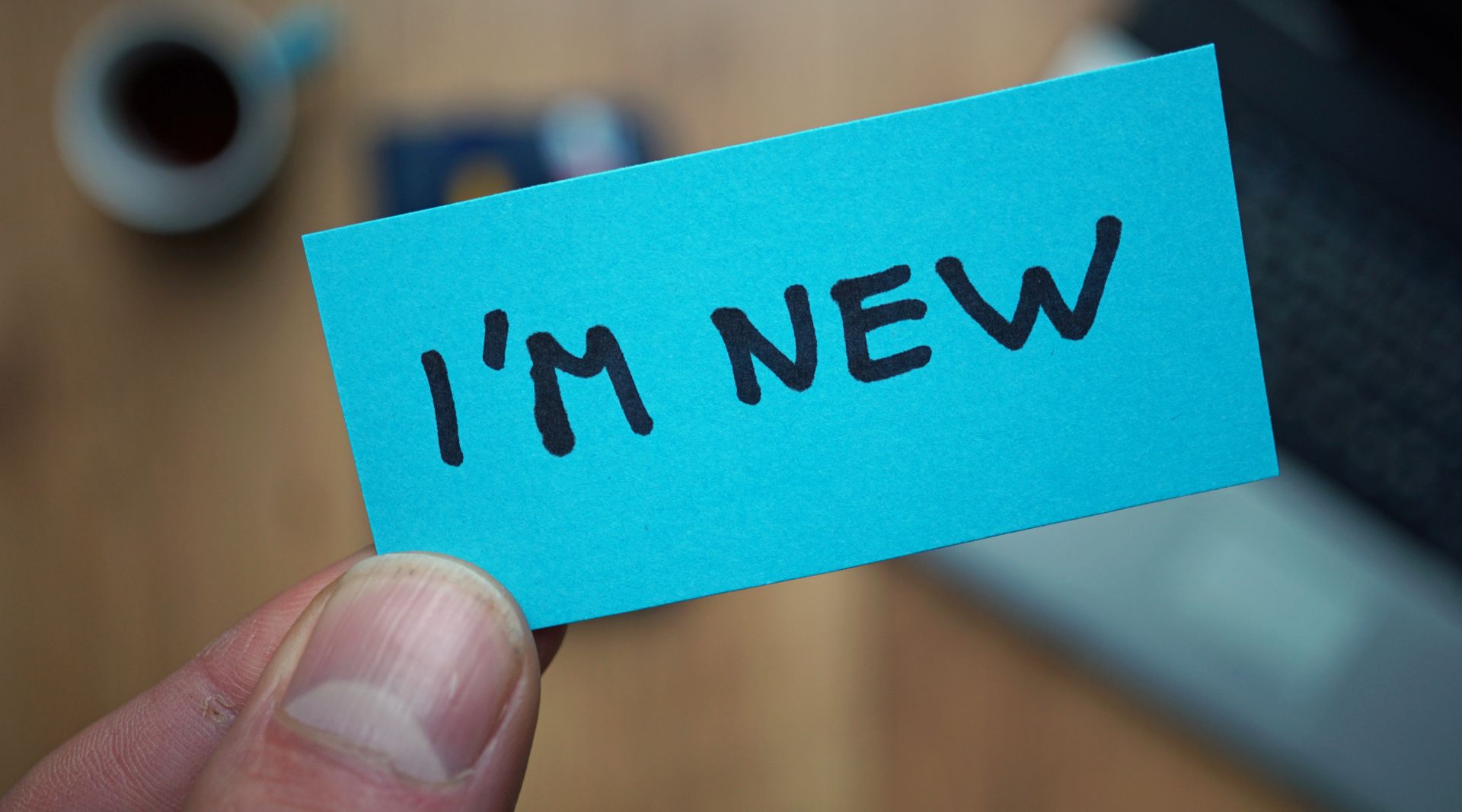
Your New Intranet Starts Here
Streamline communication, boost collaboration, and empower your team with MyHub's intuitive intranet solution.
Book a live demo now and experience the difference.
Take a Quick TourThink of your self-introduction as your own personal elevator pitch. Whether you’re at a job interview, starting a new position, attending a networking event, or giving a presentation, your self-introduction explains who you are and what you do. It’s how you answer those “Tell me about yourself” questions.
We constantly practice self-introduction in both professional and personal settings, yet few of us deliver it as confidently and clearly as we could. A strong introduction helps build connections, create lasting impressions, and set the tone for meaningful communication.
This post covers everything you need to know about how to introduce yourself effectively. You’ll find expert tips and techniques for making a lasting impact, plus real-world examples you can adapt to your own situation. No matter the context, we’ve got you covered.
Self-Introduction: Essential Dos and Don’ts
There are several universal best practices for effective self-introductions. Whether your intro is written or spoken, follow these tips to make a lasting, positive impression.
1. Keep It Conversational And Natural
Your self-introduction should sound authentic and relatable. Picture yourself having a relaxed conversation. Avoid sounding rehearsed or overly formal, this helps build a genuine connection with your listener.
2. Think About Your Audience
Tailor your message to the situation and audience. An introduction for a potential client will differ from one for new colleagues. The content might be similar, but your tone, detail, and delivery should reflect the context.
3. Be Brief
Avoid the urge to list every achievement. Instead, highlight a few key accomplishments that resonate with your audience. A concise introduction is more memorable and respectful of others’ time.
4. Focus On Your Contribution Rather Than Job Title
Instead of leading with your title, emphasize your value and impact. For instance, rather than saying “I’m a Project Manager,” say “I lead teams that deliver complex projects on time and on budget.”
5. Prepare
Plan ahead whether your self-introduction is verbal or written. Jot down key points you want to include. This ensures clarity, boosts your confidence, and creates a reusable framework for future introductions.
Self-Introduction In An Email
Email remains the most widely used business communication tool. Whether you’re reaching out to a contact, applying for a job, or pitching a product, an effective self-introduction email can open important doors. Follow these tips to make your message stand out:
- Make the subject line count. Create a subject line that is brief, specific, and compelling to increase your email’s open rate.
- Personalize your greeting. Use the recipient’s name. Avoid generic greetings like “Dear Sir or Madam,” which can seem impersonal or careless.
- Explain why you are writing. Be direct and clear in your opening line about your purpose. Respect the recipient’s time with a succinct message.
- Include a CTA. End with a clear call to action. Whether you’re requesting a reply, meeting, or more information, be polite and specific about the next steps.
Email Self-Introduction To Client Template
This email template can help you craft a compelling introduction to a potential client:
Subject Line: [insert recipient’s name], can I take two minutes of your time?
Hi [insert name],
We are [insert a summary of your company], and we understand [address recipient’s pain point]. We’ve successfully partnered with companies like [insert one or two names] over the past five years, helping them achieve [insert key benefit]. I’m confident we can help [insert company name] achieve similar results.
If this sounds useful, I’d love to connect on a quick five-minute call. I’m available [insert a couple of dates and times]. Do any of these work for you? If not, feel free to suggest a time that suits your schedule.
If this isn’t a current priority, that’s totally fine, I appreciate your time either way.
Best regards,
[Your name]
Self-Introduction For Interviews
There are no second chances when it comes to making a first impression. Your body language is just as impactful as the words you choose. When greeting your interviewer, smile confidently, maintain eye contact, and deliver a well-prepared self-introduction that covers these essential elements:
- Who you are. Begin by stating your name, where you’re from, and share a concise personal background to set the tone.
- Your professional experience. Offer a brief summary of your career path and highlight a few key achievements relevant to the role.
- Your educational and professional qualifications. Mention your academic background and relevant certifications or training that support your expertise.
- Your hobbies and interests. Sharing 1–2 personal or professional hobbies makes your introduction more relatable and well-rounded.
Practice your self-introduction in advance with a friend or in front of the mirror. Rehearsing helps you refine your delivery and builds your interview confidence.
Interview Self-Introduction Template
Hi, I’m Brad Williams, and I come from San Diego, California. I’ve spent the past four years working as a digital marketing manager, including three years on the SEO marketing team at ABC Marketing. Before that, I gained valuable experience at XYZ.
I hold a degree in Marketing from Berkeley and have completed multiple SEO certifications. My expertise spans on-page and off-page SEO, content marketing, and digital strategy. One of my proudest achievements was [insert specific project or campaign].
In my free time, I enjoy cooking and entertaining friends and family, my pecan pie is always a hit!
I believe I’m a strong fit for this role, bringing the skills and experience to help you expand your online presence and drive results across various media channels.
New Employee Self-Introduction Email
Starting a new role? Sending a warm and engaging self-introduction email to your team is a great way to make a positive first impression, especially when working in remote or distributed teams. A thoughtful introduction helps build early connections and sets the tone for effective collaboration.
Hey everyone,
My name is [your name], and I’ve just joined the team as the new [job title]. Although I’ve had the pleasure of meeting a few of you already, I wanted to take a moment to introduce myself and share a little about my role.
As the [job title], I’ll be responsible for [briefly outline your core duties]. My background includes [2–3 sentences about your experience or key strengths relevant to the role].
When I’m not working, I enjoy staying active. If anyone’s up for a lunchtime walk or run, count me in!
Please feel free to stop by my desk or drop me a message, I’m looking forward to getting to know everyone and contributing to the team!
Regards,
[Your Name]
How To Introduce Yourself In Team Chat
Business instant messaging (IM) is now a standard communication tool for many modern companies. A casual and friendly self-introduction in team chat helps set the tone for positive relationships with your new coworkers. It’s perfectly fine to use emojis or a light touch of humor, these elements help reveal your personality and foster a more human connection in remote or hybrid workplaces.
Here’s a simple example you can customize:
Hi everybody! I’m the new kid on the block & have just started as [insert job title]. If you see me around, say hi! 👋 I’m excited to be here & looking forward to getting to know you all. 😊
Self-Introduction In A Presentation
Whether you’re pitching to a new client or delivering insights at a conference, knowing how to introduce yourself in a presentation is essential. Your self-introduction sets the stage, builds credibility, and helps your audience understand why they should listen to you. Apply the same principles used in job interviews but tailor them to fit your audience and purpose.
- Summarize your professional standing: Start with a brief overview of who you are, your current role, and your area of expertise.
- Highlight relevant experience and achievements: Choose examples that demonstrate your authority on the subject. If speaking to peers, share milestones and credentials. For potential clients, explain how your services can benefit them.
- Lead into your presentation: Transition smoothly from your introduction to the main purpose and call to action (CTA) of your presentation.
Example:
Good morning. My name is Janice Long, and I’m the VP of Finance at Long & Smith Investing. Finding smart ways to save money is my passion. I believe the key to securing your financial future is developing sound money management strategies early on. I started applying these principles while putting myself through college. Today, I’ve built a retirement fund of over $15 million, and it continues to grow. In this presentation, I’ll walk you through the exact strategies I used so you can start building your own path to financial independence.
Self-Introduction Sample For A Networking Event
If networking events make you nervous, having a well-prepared self-introduction for networking can make things much easier. The goal is to be clear, confident, and open to conversation. Your introduction should convey who you are, what you do, and spark interest from others.
Hi. My name is Brad Townsend, and I’m the Chief Product Engineer at Good Line Technology. We’re currently developing innovative mobile apps that streamline sales activities for busy business owners. I’d love to hear about your tech needs, and we’re looking for local businesses to help us beta test our latest solution. Interested in learning more?
Self-Introduction: Main Takeaways
These tried-and-true self-introduction strategies can help you leave a lasting impression, no matter the situation. Keep these tips in mind when crafting your own introduction:
- Be mindful of the context: Tailor your introduction to the setting, whether it’s a meeting, chat, or public talk. Keep your message relevant and audience-focused.
- Keep it concise: Focus on the key points. Avoid overloading your audience with too much information. Keep the tone conversational to build rapport.
- Plan and practice: Rehearse your introduction ahead of time. Practicing helps improve confidence and delivery.
- Build rapport: Think beyond your own story. Show interest in others and find common ground to spark meaningful interactions.
At MyHub, we provide cloud intranet solutions that empower businesses of all sizes to collaborate better. Our platform is easy to set up and packed with features to streamline operations, improve communication, and foster engagement. Book a free demo or try it out for yourself with a 14-day free trial.
FAQ Section
Why is a self-introduction important?
A self-introduction sets the tone for interactions, allowing others to understand who you are and what you bring to the table. It’s essential for making a positive first impression in various settings.
How can I make my self-introduction more engaging?
Keep it concise, tailor it to your audience, focus on your contributions, and maintain a conversational tone. Practicing beforehand can also boost confidence and clarity.
What should I include in a self-introduction email?
Include a clear subject line, personalized greeting, concise explanation of your purpose, and a specific call-to-action to guide the recipient on the next steps.



